Is there any difference between W, E, B and w, e and b?
The game vim adventures has you pick up an uppercase B in order to skip over a rock on an exclamation point, i.e.:
Remember: wordsXare not WORDSX!
The two 'X's represent a treasure chest and rock respectively. In order to skip over the rock, one has to use the uppercase B rather than the lowercase b. Then in usr_03.txt, section 03.1, it talks about the uppercase word motion commands.
It is also possible to move by white-space separated WORDs. This is not a
word in the normal sense, that's why the uppercase is used. The commands for
moving by WORDs are also uppercase, as this figure shows:
ge b w e
<- <- ---> --->
This is-a line, with special/separated/words (and some more). ~
<----- <----- --------------------> ----->
gE B W E
With this mix of lowercase and uppercase commands, you can quickly move
forward and backward through a paragraph.
But when I do the :help W command, it gives me this:
4. Word motions word-motions or <S-Right> w w [count] words forward. |exclusive| motion. or <C-Right> W W [count] WORDS forward. |exclusive| motion.
There doesn't seem to be any difference. I'm using Vim 7.4.

